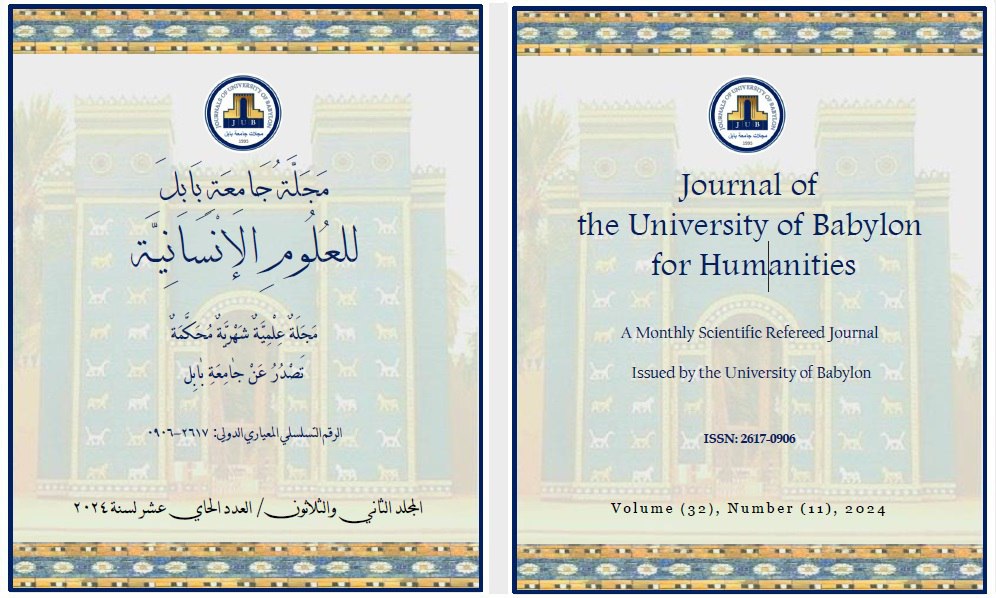Differences in the Use of Politeness Maxims among First and Fourth-Year Iraqi University Students
Main Article Content
Abstract
A positive environment of respect and cooperation encourages individuals to communicate effectively and create fruitful discussions, which is what the use of politeness principle contributes to. Using this principle in the educational environment has positive results in improving the quality of communication, especially between students themselves, as using polite language contributes to building healthy social relationships. However, the extent of commitment to using this principle of politeness may differ due to the influence of some factors. Based on Leech’s maxims of politeness, this study investigates the use of politeness principles among university students, specifically first and fourth-year students, considering sex differences. It aims to examine whether sex and age impact students’ use of the politeness principle and whether there is a development or change in the use of these principles by fourth-year students compared to first years. A quantitative approach was employed, with data collected by distributing questionnaires to the first and fourth-year students from both sexes. The data were analyzed statistically by using Statistical Package for Social Sciences (SPSS) by looking at frequencies and means of use, and applying T-Test and P-Values for validity. The findings showed a significant difference in the use of politeness principles, as the analysis of the first year’s interaction showed that females use these principles more than males. In contrast, for the fourth year, the results showed that males use these principles more than females. In addition, the analysis of comparisons showed a development in the use of these principles by fourth-year students of both sexes.
Article Details
Issue
Section

This work is licensed under a Creative Commons Attribution 4.0 International License.

